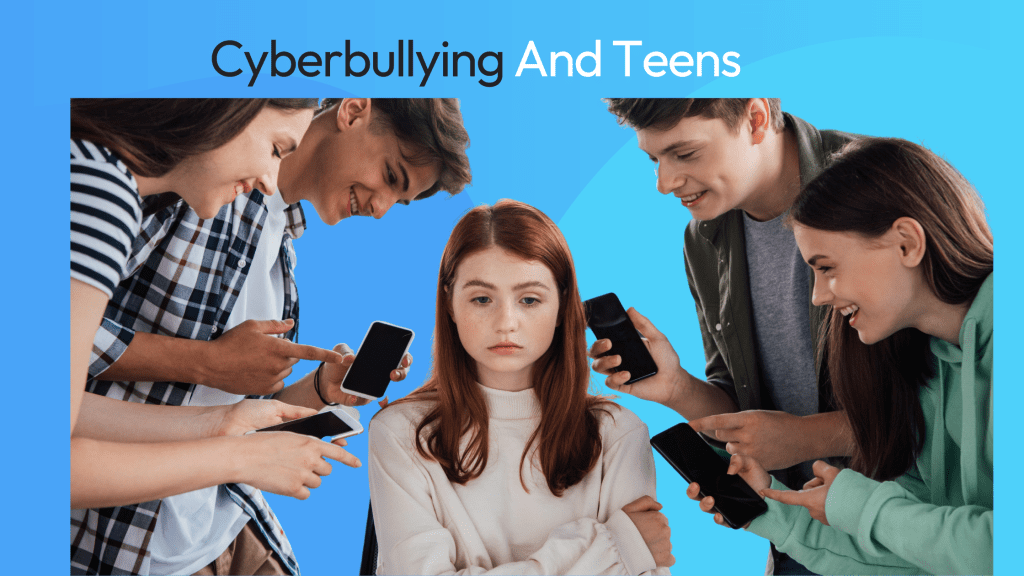Cyberbullying has been a serious problem among teens since the dawn of the internet. As teens increase their use of communication using technology, their exposure to cyberbullying grows. Through gaming, social media, school apps and more, cyberbullying is all around kids. Cyberbullying involves repeated intentional aggressive behavior against an individual. While bullying typically involves people who have physical power or higher social status, anyone who can remain anonymous online is able to cyberbully. With that said, in addition to being cyberbullied by those who remain anonymous, children are being cyberbullied by their “friends” and people they know making it all that much more difficult to handle.

Impacts of Cyberbullying
Since cyberbullies are anonymous, cyberbullying can be extremely harmful to victims. Victims often feel fear and isolation because they cannot tell whether the people around them in the physical world are perpetrators. Cyberbullying also includes distributing harmful information about someone online, which can include rumors or personal information. This may affect the victim’s real-world life and relationships. Teens who are victims of cyberbullying often face problems at school because their fellow students become aware of the rumors and participate in the spread.
Signs of Cyberbullying
Because cyberbullying can be very dangerous to teens, it is important that parents watch for the signs. Teens that have been bullied in real life have often experienced bullying online as well, so it is vital that parents review their teens’ online and real-life environments. It is also important to check whether there are any changes in teens’ social interactions. If your teen is talking less, it may be a sign of cyberbullying since most victims feel isolated and afraid to speak up about it.

Response to Cyberbullying
If a parent detects cyberbullying, he or she must respond to the cyberbullying thoughtfully. Most parents tend to restrict internet use or block their teen from using social media. Although this method may prevent teens from being exposed to cyberbullying directly, cyberbullies may continue to spread rumors online, which may have an effect on the teen’s school life. In addition, teens often react badly to parents restricting their online time. Instead of restrictive methods to address the problem, parents should talk to their child about safer internet use. The parent should also find ways to monitor their teens’ social media use. For instance, parents can be more involved by following their kids on social media platforms.
Reference: Waasdorp, T. E., Mehari, K. R., & Bradshaw, C. P. (2017). Research on family experiences with cyberbullying. In S. W. Browning & B. Van Eeden-Moorefield (Eds.), Contemporary families at the nexus of research and practice (pp. 240-255). New York, NY: Taylor & Francis.